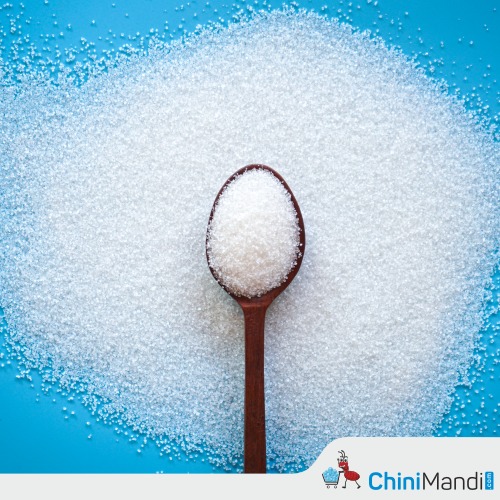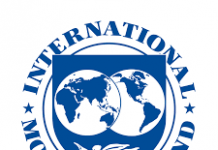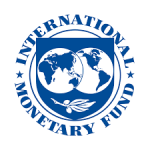Food regulator FSSAI on July 6 approved changes to nutritional information labelling on packaged food items, proposing that total salt, sugar and saturated fat should be displayed in bold letters as well as bigger font size.
The decision to approve the amendment in the Food Safety and Standards (Labelling and Display) Regulations, 2020 regarding nutritional information labeling was made during the 44th meeting of the Food Authority, chaired by Shri Apurva Chandra. This amendment aims to empower consumers to better understand the nutritional content of the products they consume and to make healthier choices.
The draft notification for this amendment will now be published for public feedback and objections.
The information on the percentage (%) contribution per serving to Recommended Dietary Allowances (RDAs) will be highlighted in bold for total sugar, total saturated fat, and sodium content. Regulation 2 (v) and 5(3) of FSS (Labelling and Display) Regulation, 2020 specify requirements for mentioning serving size and nutritional information on food product labels, respectively.
In addition to empowering consumers to make healthier choices, this amendment will contribute to efforts to combat the rise of Non-Communicable Diseases (NCDs) and promote public health and well-being. Clear and distinct labeling requirements are prioritized to support global efforts against NCDs.
Furthermore, FSSAI has issued advisories to prevent misleading claims, such as directing e-commerce websites to remove the term ‘Health Drink’ and mandating Food Business Operators (FBOs) to remove claims of ‘100% fruit juices’ from reconstituted fruit juice labels and advertisements. Other directives include regulating terms like wheat flour/refined wheat flour, ORS marketing, and nutrient function claims for multi-source edible vegetable oils to prevent misleading practices by FBOs.
The meeting was attended by senior officials from the Ministry of Health and Family Welfare, Ministry of Commerce, Ministry of Consumer Affairs, Food and Public Distribution, Ministry of Law and Justice, Ministry of Micro, Small and Medium Enterprises, as well as representatives from industry associations, consumer organizations, research institutes, and farmers’ organizations.
(Source: PIB)












